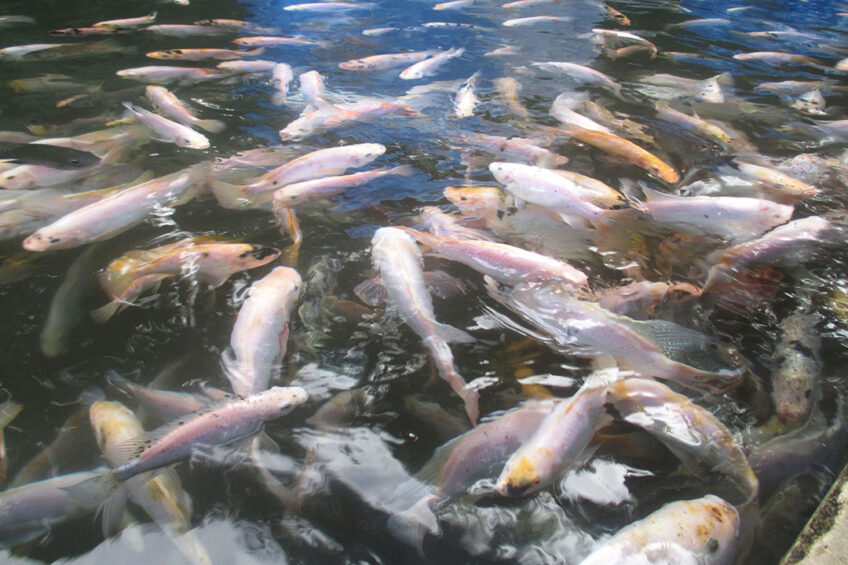Brazil’s farmed fish production up by 48.6% since 2014

The main species is tilapia, which represents 63.9% of the total volume.
Aquaculture has the highest growth rate amongst all animal sectors in Brazil. Between 2014 and 2022, Brazilian fish production jumped up from 578,800 tonnes to 860,355 tonnes since 2014, which means 48.6% more, according to fresh data released 27th February.
For comparison purposes during the same period:
Poultry production grew 15%,
Pork production increased by 44% and
Beef decreased by 20.3%.
Aquaculture growth in Brazil
Currently, the country is one of the 15 larger cultivated fish producers in the world and the sector already generates €1.7 billion per year, sustaining 1 million direct jobs and 2 million indirectly.
PeixeBR (Brazilian Association of Fish Producers) said that since making its statistics official, in 2014, the evolution of farmed fish production has already reached 48.6%. It is an increase of 281,555 tons in 9 years.
The year 2022 was quite atypical, with a first half of low prices paid to producers. This condition led to a reduction in accommodation and, consequently, in the supply of fish in the second half of 2022.
“This was one of the sector’s main challenges. On the other hand, feed prices were still high, which represent the highest cost of fish farming,” says PeixeBR’s CEO, Francisco Medeiros.
Brazil currently has the best conditions in the world to continue and increase its production.
Tilapia
The main fish produced in captivity in Brazil, tilapia had an excellent performance last year. According to PeixeBR, 550,060 tonnes were produced, a growth of 3% over 2021 (534,005 tonnes).
Alone, this species represented 63.9% of entire farmed fish production in Brazil, which makes the country the 4th largest producer of this tilapia globally.
Tambaqui
In 2022, 267,060 tonnes of native fish were produced (31% of the total), with an increase of 1.8% compared to 2021. The production of native fish is concentrated in the North, Northeast, and Central-West. The main species is tambaqui.
Other species
The other exotic species (carp, trout and pangasius) added up to 43,235 tonnes and recorded a 3% drop over the 44,585 produced in the previous year.
Aqua producing per state
Paraná remains the main state in the national production of farmed fish in 2022 with 194,100 tonnes (+3.24% compared to 2021).
São Paulo was again in second place with 83,400 tonnes, that is, 2.16% more compared to 2021. Despite another year of decline
Rondônia kept the third position with 57,200 tons of fish in 2022. It´s worthy to mention, this state produces just native species.
Challenges
According to PeixesBR, national fish farming was directly impacted by the increase in inputs and raw materials for animal feed. In addition to macro-ingredients (corn and soy meal), emphasis is placed on imported micro-ingredients, which rose in dollar terms and faced regular supply problems since the pandemic.
Exports
The domestic market consumes over 99% of Brazilian farmed fish production. Nonetheless, exports have increased by 15% in 2022 to reach US$ 23.8 million, despite less volume exported.
The main destination being the United States, with 81% of the total, and tilapia represented 98% of the shipments.
“The international presence is still small, but it can grow faster, through the opening up of the market for frozen products, such as fillet or whole tilapia. Brazil currently has the best conditions in the world to continue and increase its production,” concludes Medeiros.











